Published 28th July 2021
What is Play-to-Earn? 4 Blockchain Games to Watch in 2024
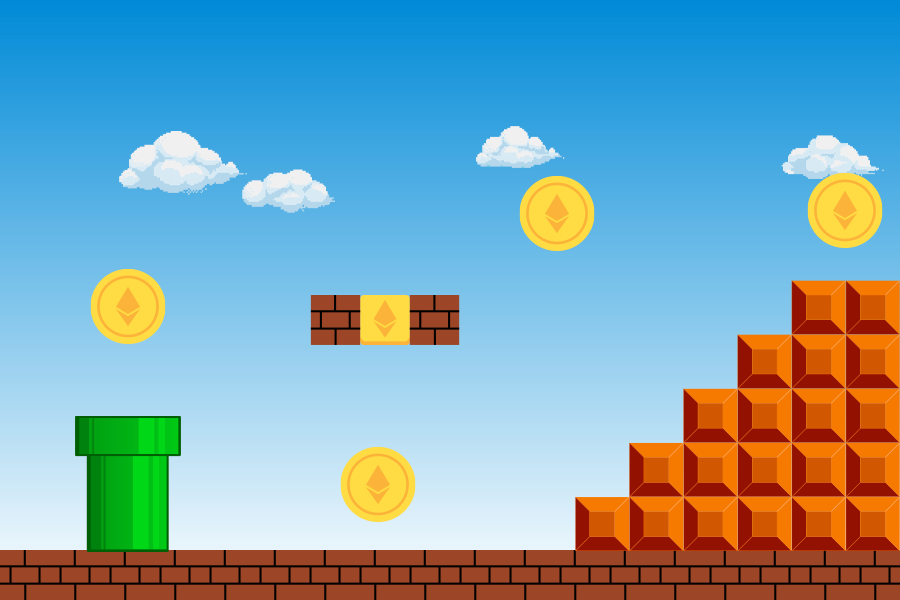
The gaming industry has welcomed web3 with open arms. Play-to-earn games offer gamers real ownership and a chance to make real money while playing. So how does it work?
What are “play-to-earn” games?
For a long time, gamers have been sold a raw deal. They pay for a game, and begin to play only to find out that there is more to pay for. Downloadable content, cosmetic items, loot boxes, battle passes etc. Whilst the concept of microtransactions has long been a contentious topic in the gaming world, most of the controversy has been focused on the wrong aspect of the issue.
The real problem with microtransactions is not the fact that players are expected to pay for bonus content, this is a great way for developers to earn extra income and for players to support games they really enjoy. The problem is that players aren’t actually granted ownership of what they pay for, unlike the base game.
This is where blockchain comes in. The play-to-earn business model brings a new layer to the gaming industry, essentially giving each game its own open economy. Players can earn cryptocurrencies or even assets in the form of non-fungible tokens (NFTs) from the time and effort they spend playing the game, whilst also adding value to the game world through their contributions.
The free-to-play model has become increasingly popular in traditional gaming, thanks mostly to battle royale games like Fortnite and Apex Legends, and most blockchain games allow the user to download the game for free. However, play-to-earn games usually require the player to invest into in-game assets to begin playing. In practice, it’s no different to buying a skin for your Fortnite character, the key difference is the player actually owns the asset, and can choose to resell that asset at any time.
Of course, the nature of any economy is that these assets are then vulnerable to things like market demand and price volatility, meaning that players are expected to apply more thought into their investment than just buying a skin because it looks cool. On the flip side, this also means that a player’s asset could just as easily appreciate in value, meaning they can make a serious return on their investment.
How much is the play-to-earn market worth?
IMARC Group estimated the blockchain gaming market to be worth $8.9 billion in 2023, with a compound annual growth rate (CAGR) of 65.2% from 2024 to 2032, which would make the market worth a whopping $854.4 billion.
The most popular blockchain game to date is Axie Infinity, which at its peak had a market cap of $27.2 billion USD, making it worth nearly as much as Ryanair or HP! The game made approximately $1.3billion in revenue from 2021 to 2022.
Play-to-earn games became increasingly popular in developing countries during the COVID-19 pandemic as an extra income stream. In countries like the Philippines and Venezuela, players can earn between £367 and £458 a month, considerably more than what they could make in their local economies.
Examples of “play-to-earn” games
Blockchain technology is still being accepted by the industry. Epic Games have spurred on adoption of the technology by accepting blockchain games onto their platform. This is in opposition with their main competitor Steam, which is currently the leading game distribution platform on PC.
Despite Steam’s denial of this innovative new model in gaming, several games have gained serious traction, generating large amounts of money for some players. Here are some of the biggest examples:
Axie Infinity
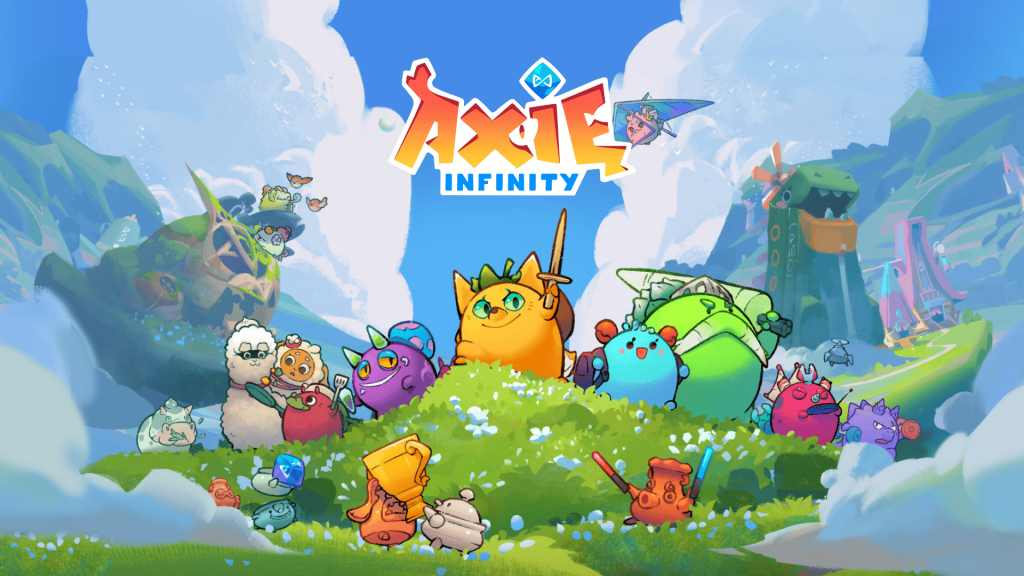
Axie Infinity, the leading blockchain game on Ethereum, is a card-based, pet-themed metaverse game where players breed creatures called Axies. These Axies inherit traits from their parents, adding a strategic layer to the game. Players use Axies in turn-based combat to earn experience and the in-game currency (SLP), or they can sell Axies in the marketplace.
SLP is crucial for breeding more Axies and can be sold to other players, potentially yielding a profit. Additionally, SLP can be traded on a DEX or exchanges like Binance for stablecoin USDT, which can further be exchanged for fiat currencies.
Axie Infinity achieved remarkable success, generating $869 million in a single month in 2021 and becoming the first NFT series to reach $4 billion in sales volume by 2022. Although average sales have stabilised, ranging from 1-2 million monthly in 2023, Axie Infinity remains a prominent force in blockchain gaming. The future of their dominance in the evolving industry is yet to be determined.
The Sandbox

The Sandbox, an Ethereum-based virtual world, empowers players to build, own, and monetise their virtual experiences, placing creativity at the core of profitability. Users can design games, art galleries, concerts, and digital hangout spots, exploring creations by other users. All content in The Sandbox is represented as NFTs, ensuring true ownership, with the option to trade, sell, or rent them.
Players earn SAND, the platform’s cryptocurrency, by participating in contests, completing challenges, and monetising their creations. SAND can be used for transactions, upgrades, and governance. The Sandbox stands out with its voxel-based world, reminiscent of games like Minecraft, and offers a user-friendly Game Maker toolset for coding-free creation.
The community, governed by a Decentralised Autonomous Organisation (DAO), shapes the platform’s future through SAND token holder voting. Acquired by Animoca Brands for $4.9 million in 2018, The Sandbox now boasts a market cap of approximately $1.1 billion, providing a vibrant virtual space for social interactions and live events.
Illuvium
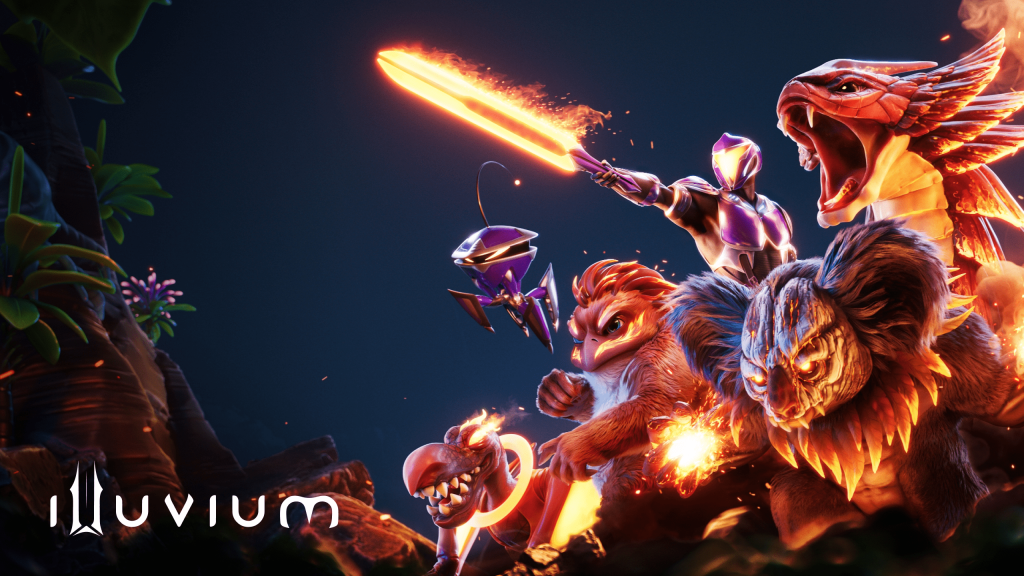
Illuvium, a decentralised gaming studio and DAO on Ethereum, utilises the Immutable-X layer-2 solution for scalability. It encompasses an open-world RPG, a collectible monster auto-battler, and a play-to-earn crypto game. The Overworld, set in the 3D alien landscape “Silandria,” draws inspiration from games like Pokemon and Monster Hunter, featuring hidden secrets, quests, and creatures known as “Illuvials.”
The project aspires to be the ultimate “Interoperable Blockchain Game,” allowing in-game assets (NFTs) to be usable across multiple experiences within the Illuvium universe. The Arena aspect involves capturing Illuvials for turn-based auto-battling, with over 100 unique creatures that can be fused to create stronger forms, adding depth to collection and customisation.
Illuvium Zero, a city builder, complements the Overworld and Arena, enabling resources produced in the player’s city to be used in the other two games. For instance, Fuel from Zero facilitates fast travel in the Overworld and can be sold on the IlluviDex marketplace, earning the Illuvium token (ILV) for participation in the game’s economy.
Earning ILV is the primary goal, usable for governance, staking, in-game purchases, and trading on exchanges. In its Beta phase, Illuvium has garnered attention in the blockchain gaming space for its ambitious scope and impressive visuals. Notably, its integration into the Epic Games Store may pave the way for broader mainstream adoption.
Gala Games

Gala Games, like Illuvium, is more of a platform than an actual game itself. However, whilst the games available in Illuvium are completely interconnected, Gala Games is more of an umbrella for a collection of separate games.
Gala Games hosts a growing library of blockchain games with diverse genres, including:
- Town Star: A city builder where players grow crops and manage towns
- Spider Tanks: A fast-paced arena battler where players control custom robot tanks
- Superior: A tactical RPG with card-based combat and deep lore
- GRIT: A battle royale shooter with a Wild West theme and NFT guns
Each game offers players ways to earn GALA, the native cryptocurrency, and NFTs through gameplay. GALA can be used to govern the platform, from voting on new game proposals to deciding on platform upgrades and features.
Gala actually offers more than just games, with separate services for music, films and a metaverse called the Gala VOXverse. The VOXverse aims to connect with other Gala Games titles, allowing Vox avatars to travel and participate in different experiences throughout the platform.
Sorare

Another example is Sorare, a fantasy football-style game where players can trade cards to build a team of five football players in the form of NFTs.
Players gain points from the cards based on their real-life performances. The points help the managers with tournaments where they compete against each other and win ETH or card rewards.
The football cards receive positive points for positive actions such as a goal scored, an assist made, a penalty won, etc. And negative points if they receive a red card, score an own goal, concede a penalty etc.
The organiser can end the tournament whenever they want and also control the frequency of tournaments. This creates ownership and governance by players.
In February 2022, £31.8 million ($40m) was exchanged on the platform using their Ethereum blockchain-based network, its popularity can be credited to its similarities with other non-blockchain fantasy football league games.
A unique card for Cristiano Ronaldo, sold for almost $300,000. This broke the current record held by LeBron James of the most expensive sports player-based NFT. This has since been surpassed by Lionel Messi’s 1/1 “The Golden One” NFT which is the only sports-based NFT to sell for more than $1 million.
Want to learn more about Sorare? Check out our Sorare piece here.
Play-to-earn games to watch in 2024
Whilst a lot of the above games are still in development and will have consistent updates over 2024, there are a number of new games joining the fray.
Parallel
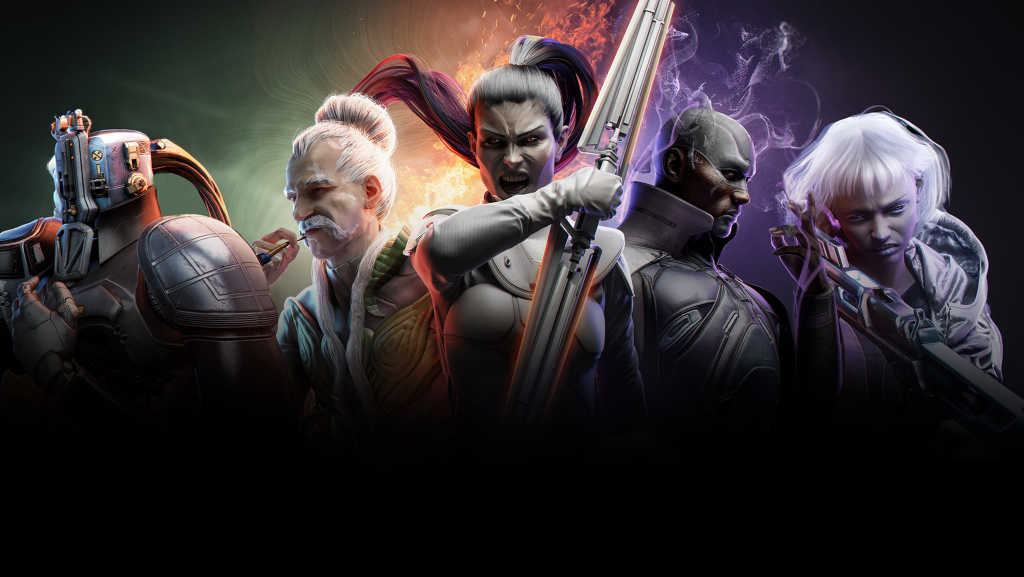
Parallel is a sci-fi trading card game that is currently in closed beta. The game sees players face off against each other as one of five factions or “parallels”, each with its own aesthetic and playstyle.
It is currently free-to-play, but every player will need a deck of 40 cards. Free cards are available that are not NFTs, but those interested in the game can pick up NFT cards that will allow them to earn Parallel’s PRIME token for winning matches.
Symbiogenesis
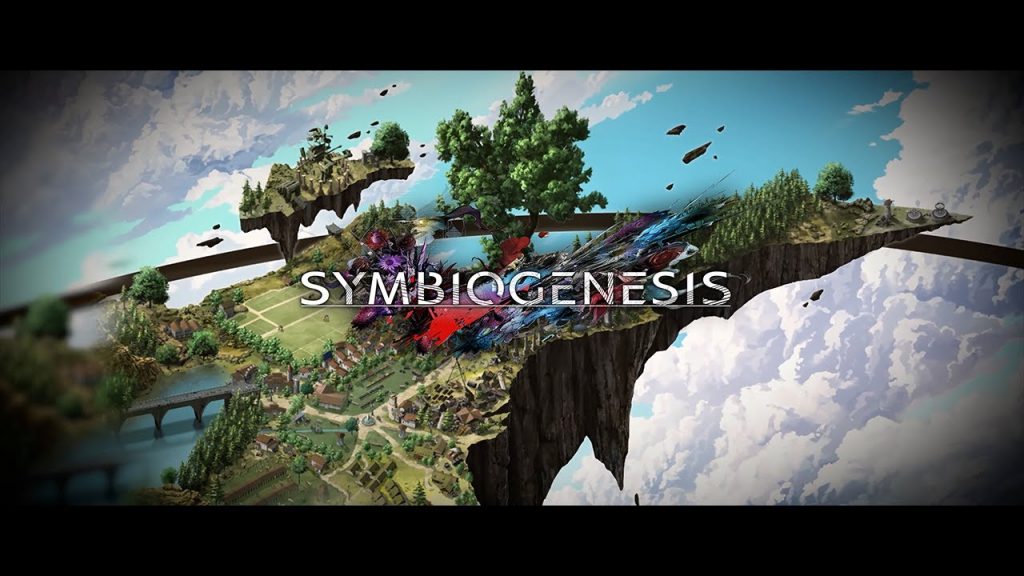
The triple-A gamemaker Square Enix is making its first foray into blockchain gaming with Symbiogenesis. The game will utilise NFTs as a core gameplay element, although exactly how is yet to be confirmed.
NFT-owning players will gain access to additional missions, quests and exclusive story content. New chapters of the game will be released periodically, unlocking new story content and NFT character sales.
The Otherside

The Bored Ape Yacht Club (BAYC) are already world-renowned for popularising the PFP NFT, but now the BAYC creators Yuga Labs are taking the leap into gaming. Following their other gaming experiences Dookey Dash and HV-MTL Forge, Otherside is Yuga Labs’ first bite at a large-scale game.
The Otherside is a metaverse game, as such Yuga Labs sold over $300 million worth of NFT-based land plots for the game, with the idea that a shared game world will allow users to build games and content alongside Yuga Labs’ own offerings.
Thanks to Bored Ape’s established success, it’s safe to say people are extremely excited to see what more the Otherside has to offer in 2024.
Wildcard
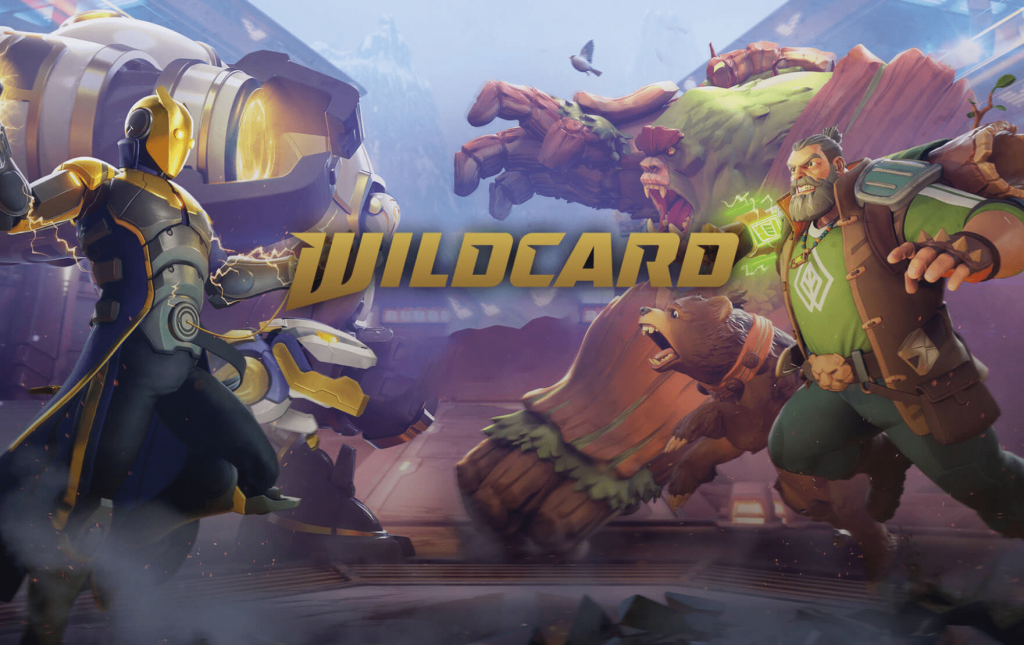
Wildcard is a player-vs-player arena game that blends elements of a card game, battle arena and autobattler. The Wildcard creators are previously behind the smash hit game Words with Friends.
Wildcard will be releasing its NFTs on Polygon, and have released the Wildpass NFT that allows holders “access to the Wildcard universe.”
Final thoughts
There are quite literally hundreds of blockchain games out there. Which one you choose to play is up to you, but as they amount to practically an investment, of both money and time, it is important to do your own research (DYOR) and make sure that you know exactly what you’re getting into.
As the industry continues to develop, and web3 generally becomes more accepted, its likely that we will see an increase in blockchain games. More and more mainstream game companies are reportedly considering the possibilities of blockchain games, such as Electronic Arts saying that play-to-earn is the “future of our industry”.
That’s our round up of some of the biggest blockchain Play-to-Earn Games on the market right now! Got something to add? Let us know on X @AvarkAgency.
